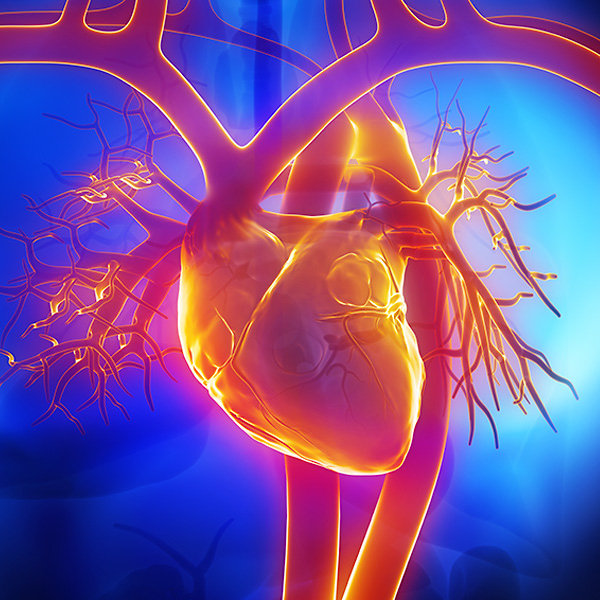Pulmonary Regurgitation
Overview and Facts about Pulmonary Regurgitation
Pulmonary regurgitation, also referred to as pulmonic regurgitation, is a heart condition involving a leaky pulmonary valve. The pulmonary valve is responsible for helping control blood flow from the heart to the lungs. During pulmonary regurgitation, blood flows backward into the heart chamber before it reaches the lungs.
Pulmonary regurgitation is very common; some health experts estimate that up to 90 percent of people in the United States have some degree of this heart condition. Many people exhibit few to no symptoms, and the majority do not need any form of treatment.
Signs and Symptoms of Pulmonary Regurgitation
The signs and symptoms of pulmonary regurgitation tend to show up as children age. These can include:
- Feeling overly tired
- Fainting during exercise or strenuous activity
- Abnormal heart rhythms
- Heart murmur (an extra sound during the heartbeat that can be detected by a stethoscope)
Causes and Risk Factors of Pulmonary Regurgitation
The most common causes of pulmonary regurgitation are pulmonary hypertension or complications stemming from a heart defect that exists at birth. Other causes include:
- Infective endocarditis
- Complications from certain heart surgeries
- Carcinoid syndrome
- Rheumatic fever
Tests and Diagnosis of Pulmonary Regurgitation
The signs and symptoms of pulmonary regurgitation are similar to those of other heart conditions, so getting a diagnosis as early as possible is essential for receiving proper treatment. Tests given by your doctor will attempt to identify the condition. These tests can include:
- Electrocardiogram (ECG or EKG): Electrodes attached to the chest can detect the electrical activity of the heart and reveal abnormalities in blood flow.
- Echocardiogram: Sound waves recorded on an electronic sensor produce a moving picture of the heart and heart valves to evaluate structure and function.
- Imaging tests: Imaging tests such as X-rays can help check the state of heart health.
- Cardiogram catheterization: During this procedure, the doctor injects dye into the arteries through a catheter to try to determine what is interfering with heart function.
- Chest X-ray: X-rays provide imagery for the state of your lungs and heart.
Treatment and Care for Pulmonary Regurgitation
The pulmonary regurgitation itself typically does not need direct treatment, as the right ventricle adapts to the low pressure. Treatment for pulmonary regurgitation focuses on addressing the underlying cause of the heart condition. Diuretics can help to relieve swelling that comes along with fluid retention.
In very rare cases, the pulmonary valve can be replaced through surgery.

Request an Appointment
Loyola Medicine heart and vascular specialists have the experience and technology to treat the most difficult cardiac and vascular conditions. Schedule an appointment today.
Schedule a Telehealth Appointment
